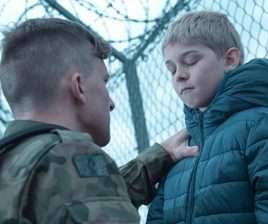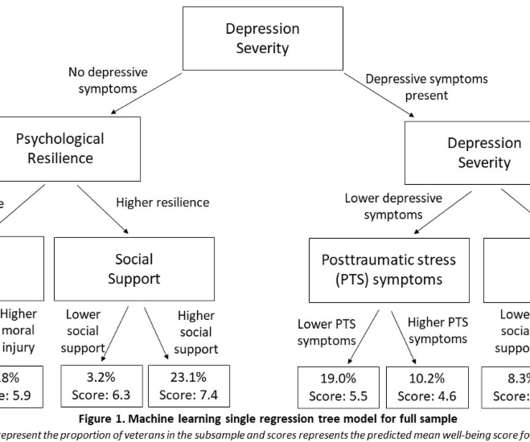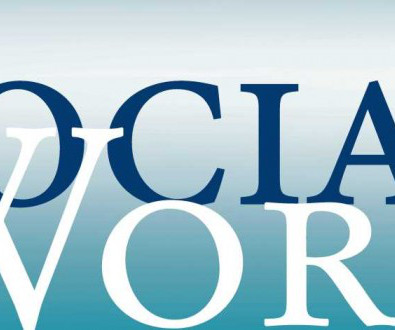Parental Military Deployment and Children: What Have We Learned from More than a Decade of War?
Society of Clinical Psychology
APRIL 2, 2016
A common saying in the military is that when one person joins the whole family serves. For many military families, geographic relocations, disrupted family routines, financial hardships, and fear of losing a loved one became a way of life. Effective support and intervention services for these two groups of children may in turn differ.



















Let's personalize your content